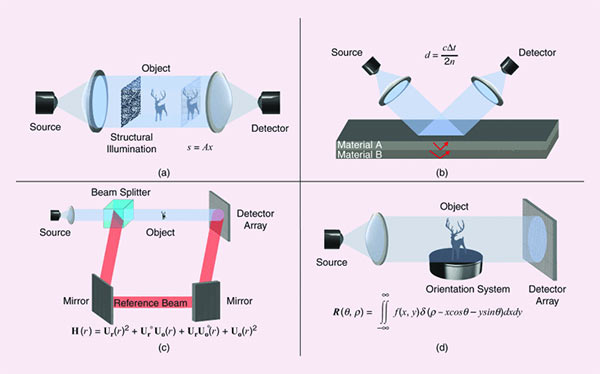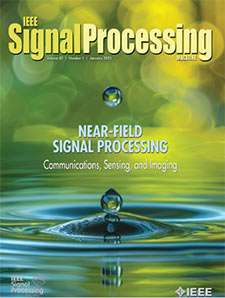Physics-Guided Terahertz Computational Imaging: A tutorial on state-of-the-art techniques
Top Reasons to Join SPS Today!
1. IEEE Signal Processing Magazine
2. Signal Processing Digital Library*
3. Inside Signal Processing Newsletter
4. SPS Resource Center
5. Career advancement & recognition
6. Discounts on conferences and publications
7. Professional networking
8. Communities for students, young professionals, and women
9. Volunteer opportunities
10. Coming soon! PDH/CEU credits
Click here to learn more.
Physics-Guided Terahertz Computational Imaging: A tutorial on state-of-the-art techniques
Visualizing information inside objects is an everlasting need to bridge the world from physics, chemistry, and biology to computation. Among all tomographic techniques, terahertz (THz) computational imaging has demonstrated its unique sensing features to digitalize multidimensional object information in a nondestructive, nonionizing, and noninvasive way. Applying modern signal processing and physics-guided modalities, THz computational imaging systems have now been launched in various application fields in industrial inspection, security screening, chemical inspection, and nondestructive evaluation. In this article, we review recent advances in THz computational imaging modalities in the aspects of system configuration; wave propagation and interaction models; and physics-guided algorithms for digitalizing interior information of imaged objects. Several image restoration and reconstruction issues based on multidimensional THz signals are further discussed, which provides a crosslink among material digitalization, functional property extraction, and multidimensional imager utilization from a signal processing perspective.
Visualizing information inside objects is an everlasting need to bridge the world from physics, chemistry, and biology to computation. Among all tomographic techniques, terahertz (THz) computational imaging has demonstrated its unique sensing features to digitalize multidimensional object information in a nondestructive, nonionizing, and noninvasive way. Applying modern signal processing and physics-guided modalities, THz computational imaging systems have now been launched in various application fields in industrial inspection, security screening, chemical inspection, and nondestructive evaluation. In this article, we review recent advances in THz computational imaging modalities in the aspects of system configuration; wave propagation and interaction models; and physics-guided algorithms for digitalizing interior information of imaged objects. Several image restoration and reconstruction issues based on multidimensional THz signals are further discussed, which provides a crosslink among material digitalization, functional property extraction, and multidimensional imager utilization from a signal processing perspective.
Introduction
In recent years, due to the explosive development of information technology, imaging technology has become more extensive, such as a wide range of applications in consumer electronics, scientific imaging, human–computer interaction, medical imaging, microscopy, and remote sensing. Emphasis is on applied image processing and solving inverse problems using classic algorithms, formal optimization, and modern artificial intelligence techniques. To discover information from invisible to visible, imaging modalities based on different EM spectrum regimes has become an emerging field for establishing digital twins in a virtual world. X-ray imaging is one of the most representative methods to precisely visualize the interior of objects. Despite its capability, high-energy X-ray photons would cause both destructive and ionizing impacts to varieties of object types, preventing further investigations with other object characterization modalities. Functional imaging techniques, such as Raman spectroscopy [1], hyperspectral imaging [2], and temporal imaging [3], were further developed for extracting the physical nature of an object. Recently, THz imaging technology has attracted significant attention due to its noninvasive, nondestructive, nonionizing, material-sensitive, and ultrafast dynamics natures for object visualization and exploration. Through THz–matter interaction, the multifunctional tomographic information of objects can be retrieved even by a noncontact sensing approach.

Figure 1.
An illustration of THz computational imaging system configurations. (a) THz CS imaging. (b) THz pulse imaging. (c) THz holographic imaging. (d) THz computed tomography (CT).
SPS Social Media
- IEEE SPS Facebook Page https://www.facebook.com/ieeeSPS
- IEEE SPS X Page https://x.com/IEEEsps
- IEEE SPS Instagram Page https://www.instagram.com/ieeesps/?hl=en
- IEEE SPS LinkedIn Page https://www.linkedin.com/company/ieeesps/
- IEEE SPS YouTube Channel https://www.youtube.com/ieeeSPS














